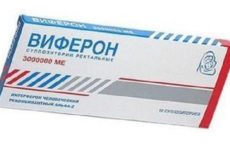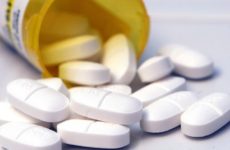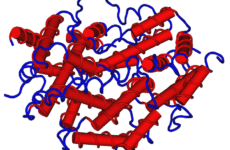Содержание:
- 1 Introduction
- 2 In what cases is the use of the drug in suppositories justified in the treatment of HPV?
- 3 Pharmacological action of the drug
- 4 Dosage of the drug and course of treatment (instructions for use)
- 5 Side effects and overdose
- 6 Interaction with other drugs during papillomavirus therapy
- 7 Trade names
- 8 Analogues
- 9 Conclusion
Introduction
Suppositories (candles) are a widespread form of release of interferon preparations. They are used in the treatment of viral infections, which include HPV.
Candles with interferon are classified according to the dosage of the active ingredient and the amount of excipients. Each type of suppository has its own characteristics of the impact on the body.
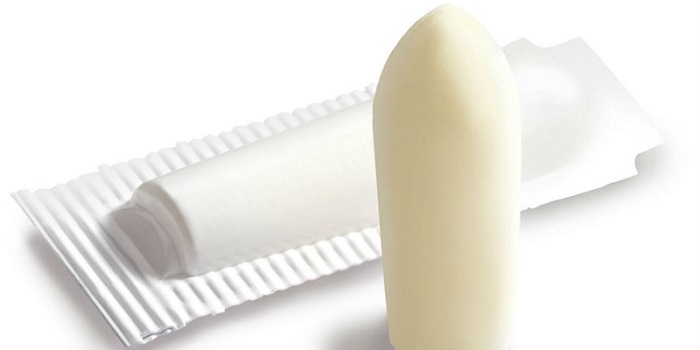
Candles with interferon are also used for reduced immunity, insufficient production of antibodies in humans to fight viruses and bacteria.
In what cases is the use of the drug in suppositories justified in the treatment of HPV?
In the treatment of HPV, the immune response of the body is extremely important. Without maintaining the highest level of one’s own defenses, the therapeutic effect will be reduced, and the disease may recur. Interferon preparations are used in mono- or complex HPV therapy.
When infected, the human papillomavirus manifests itself in the form of warts – genital warts or papillomas. These are small formations that appear at the site of penetration of the virus.
Warts are removed using various destruction methods. To exclude their reappearance, immunomodulatory methods are used, including suppositories containing interferon.
Candles are administered rectally or intravaginally. When administered rectally, suppositories with interferon have a general immunomodulatory effect on the body, intravaginally – give a local effect.
Pharmacological action of the drug
Interferon, as a medicinal substance, is a combination of different types of interferon alpha, obtained from human blood or derived in a laboratory.
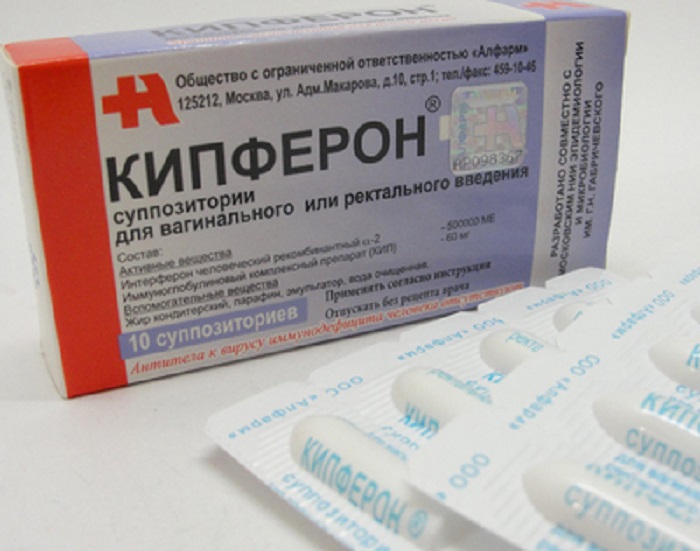
Interferon has the following properties:
- Immunomodulatory: stimulates the activity of macrophages important for the body’s defense
- Antiviral: increases the resistance of body cells to the effects of the virus.
- Antiproliferative: stops the growth of pathologically altered cells.
Dosage of the drug and course of treatment (instructions for use)
Treatment with the use of Interferon suppositories is prescribed by a doctor. At the same time, it takes into account the age of the patient, his disease and the severity of symptoms.
The drug is used rectally or intravaginally. One candle contains human recombinant interferon alpha-2 b in an amount depending on the indicated dosage: 150,000 IU, 500,000 IU, 1,000,000 IU, 3,000,000 IU.
For adults
- In the treatment of human papillomavirus infection, various types of suppositories with interferon are prescribed. In each case, the dosage and course of treatment will be different. When treating with Viferon and Genferon suppositories, the recommended dose for adults is 500,000 IU, 1 suppository 2 times a day every 12 hours every day. Suppositories are administered rectally. The course of treatment is 5-10 days. According to the doctor’s prescription, it is possible to prolong therapy.
- Suppositories Panavir are used rectally, 1 suppository every two days. A package of 5 suppositories is enough for a course of therapy.
- In the treatment of HPV with Galavit suppositories, 1 suppository is used rectally once a day. The course of treatment is 10 days. Further, 1 candle every other day.
- Candles Laferabion are used once a day for a course of 5 days, rectally. Further, suppositories are administered every other day, only 20 suppositories per course of treatment.
- Suppositories Kipferon are used both rectally and intravaginally. Dosage – 1-2 suppositories per day for 10-12 days.
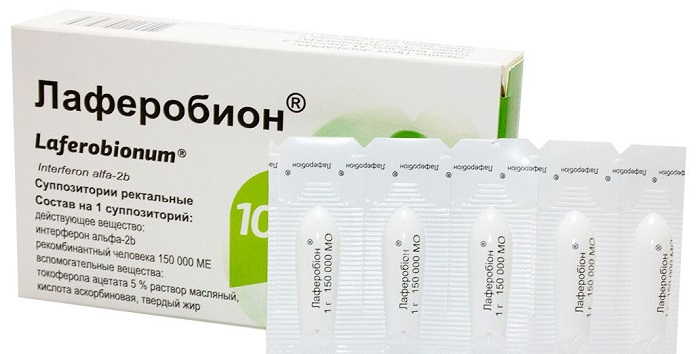
For children
Children under 7 years of age are prescribed Viferon and Genferon suppositories in the complex therapy of HPV , other suppositories with interferon have contraindications. Dosage – one suppository of 150,000 IU once every 12 hours for 5 days rectally.
During pregnancy
Some forms of suppositories containing interferon are forbidden to be used during pregnancy and lactation. Safe preparations include suppositories Viferon and Genferon. They are approved for use from the second trimester of pregnancy.
The treatment regimen is as follows:
- Candles 500,000 IU are administered twice a day, one suppository every 12 hours. The course of treatment is 10 days.
- Further, within 9 days, 3 times with an interval of 3 days.
- Then – every 4 weeks before delivery, suppositories of 150,000 IU are used, one suppository 2 times a day after 12 hours daily, for 5 days.
- If necessary, suppositories 500,000 IU are prescribed before childbirth, 2 times a day, one suppository every 12 hours daily, the course of treatment is 10 days.
Side effects and overdose
Some forms of interferon suppositories release have side effects, which include:
- Dermatitis.
- Allergy.
- Appetite disorders.
- Temperature increase.
- Increased sweating.
- Pain in muscles and joints.
- Dryness of mucous membranes.
- Heart rhythm disturbances.
- dyspepsia.
- Insomnia.
- Amenorrhea.
There were no cases of overdose.
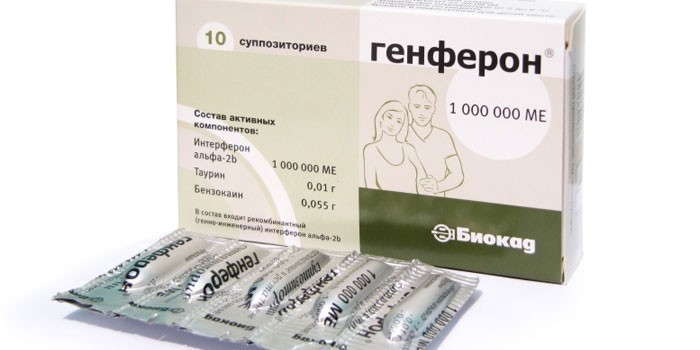
Interaction with other drugs during papillomavirus therapy
During the use of suppositories with interferon along with other drugs, there were no negative interactions. In the case of the use of Laferabion suppositories in the treatment of HPV together with antibiotics, there is an increase in the action of antibiotics.
Trade names
Suppositories with interferon are available under the following names:
- Viferon.
- Genferon.
- Kipferon.
- Laferabion.
- Galavit.
- Panavir.
Analogues
Structural analogues of Interferon suppositories for the active substance:
- Alfaferon .
- Interferon alfa-2b human.
- Human leukocyte interferon (in suppositories, liquid, dry).
- Interferon alfa-2 recombinant hydrogel-based ointment.
- Wellferon.
- Lokferon.
- Inferon.
Conclusion
The use of suppositories with interferon in the complex therapy of HPV has a positive effect on the result of treatment and is recommended to maintain a stable remission of the disease.


